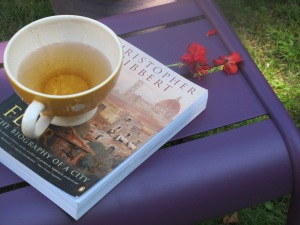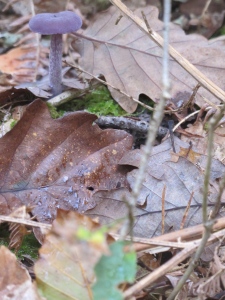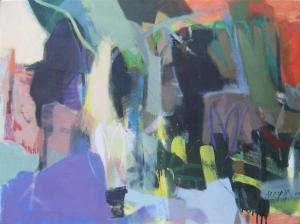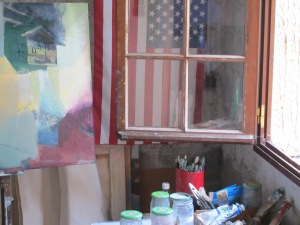Tags
Ann Tyler, book recommendations, classic novels, Curtis Sittenfeld, Hannah Kent, high school, historical novels, Iceland, Jane Austen, Mariella Frostrup, marriage, The Austen Project

Cold, mashed mutton and murder: Burial Rites by Hannah Kent.
Iceland 1828. This book made me think of Willa Cather’s My Antonia because it blends a portrait of a woman with a time and a landscape in such a way that they become one. Nevertheless, Antonia’s destiny is sweeter by any measure. Agnes Magnusdottir’s bitter plight corresponds to the less forgiving Icelandic landscape. Agnes, 33, has been judged a murderess following a scandalous double murder on a remote farm. She is assigned shelter with the Jonasson family as she awaits execution in 19th century Danish-controlled Iceland. The Jonassons, Jon and ailing Margret are the parents of daughters, Lauga and Steina. She enters this weather-battered family circle as an unwanted, feared intruder. She’s previously been chained in a windowless storehouse so their isolated croft is a mercy. As time passes, prejudices break down and a bit of warmth escapes her captors. Steina rebels first by remembering Agnes as a young woman. A partially restored Agnes, (Icelandic standard) delivers her version of the fatal events over several weeks. Toti, an assistant reverend along with the other croft dwellers form an audience. They bear witness to Agnés’ testimony in their cramped shelter as the glacial winds howl outside. The bleak beauty of Iceland provides an ideal stage for this raven-circled tale. Kent based her novel on a true story.
We’ve all been there: The Amateur Marriage by Ann Tyler
Maryland 1944. I’m no diehard AT fan; However, I read and admired Patchwork Planet and Dinner at the Homesick Restaurant (film with Geena Davis and Bill Hurt) years ago. A caller suggested TAM during a book podcast with Mariella Frostrup (BBC treasure and NOT Spanish frozen dessert). The trigger was, “Which novels would you advise to someone who was about to marry later in life for the second time?” This dubious (you’ll see) suggestion piqued my interest. If you’ve ever been part of a family or involved in a long-term relationship (aka tout le monde) AT’s story will speak to you. Humour bumps into tragedy and tragedy trips over absurdity. They all fall headlong onto poignancy in this marital saga.
It’s love-at-first-sight when Pauline barges into Michael’s stoic, grey existence sporting a scarlet hat and a vitality to match it. She seems to be the antidote to the melancholic partnership he’s grown into with his widowed mom. Pauline and Michael marry in a rush. He dashes off to war. Not long after, he returns. The couple assume their respective roles in marriage, 50s style.
A domestic war of perceptions breaks out soon thereafter. Day-to-day domestic puzzles yield radically different responses from these newlyweds. Sometimes, their perspectives are so opposed that even a wide-angle camera couldn’t capture both. Sound familiar?
Here are some questions Tyler looks at through the lens of this family:How crises expose weaknesses in some and hidden resources in others.How individuals express feelings in diverse languages.How bad luck is impossible to disentangle from ‘bad parenting’.How family alliances can be formed, fall away, and realign in a destabilized heartbeat.Finally, how distance transforms our attitudes towards past stings.
Here is Pauline observing her adolescent daughter, “She reminds me of this cat I once had-this very unfriendly black tom that flinched if you tried to pat him. But go to another part of the house and sooner or later you’d find him there too, strolling in like by accident to the very room you had just settled in”.
Mean girls and roguish boys: Prep by Curtis Sittenfeld
East coast US circa 1980. CS’ protagonist looks back wistfully on her life in a posh east coast private high school in this novel. It predated her success with An American Wife of Laura Bush fame. Lee Fiora, middle-class family egghead and midwestern 8th grader propels herself east onto the foreign turf of a private high school. She applies and wins a scholarship almost on a whim. Off she goes to occupy the spot “diversified and equal opportunity” for the elite institution. Her true grit will be tested by the social wilderness she enters without a compass. The mean girls blithely confirm her sense of ‘inadequacy’. Her few allies despair of her ambition to enter the inner fray. Girl-crushes, boy sex-butterflies, undecipherable power politics, and the pecking order of teens must be reckoned with. All these matters sucked me back to teenage life. I didn’t go to a fancy prep school (part of the fascination for me) but the themes still felt accessible and universal. Was ‘Cross’ just your average 17-year old guy or a creep? I can’t make up my middle-aged mind. a little pathetic, I know.
It’s worth noting that an unfamiliar social environment can simultaneously widen one’s horizons and wither one’s self-confidence. Expatriots ears prick up.
Part 2-And now for something totally different: Mid-west USA 2013. Curtis Sittenfeld’s newest novel, Eligible, has sparked some startling reactions. After looking over one review I honestly asked myself if I had read the same novel. Jane Austen is sacred. We get it. However, the IDEA of the The Austen Project was to ‘update’ the novels in a playful manner. I think? This version of Pride and Prejudice was my labour day weekend in France (meaningless) laughfest. Who can refuse abundant mirth? Sittenfeld has set the Bennett sisters in 21st century Cincinnati, Ohio (gasp!) and given them the trappings of modern life: hook up culture, gender fluidity, new age fripperies and reality TV (fetch the smelling salts). Darcy’s elusiveness seems to stem from some sort of sexy, social disorder. (did you ever think those adjectives would follow each other?) Liz’s nimble mind and snappy judgments make her an apt women’s magazine writer. Her stern and weary heart is shackled to a 21st century cad. As tasty as ice cream (for the intellect) and less fattening. If you must eat ice cream with millennial Bennett women, may it be caramel. You can assuage your scandalized ‘Janeite’ conscience by re-watching Romola Garai ace Emma in the 2009 BBC version.
Burial Rites by Hannah Kent
Prep and Eligible by Curtis Sittenfeld
The Amateur Marriage by Ann Tyler





